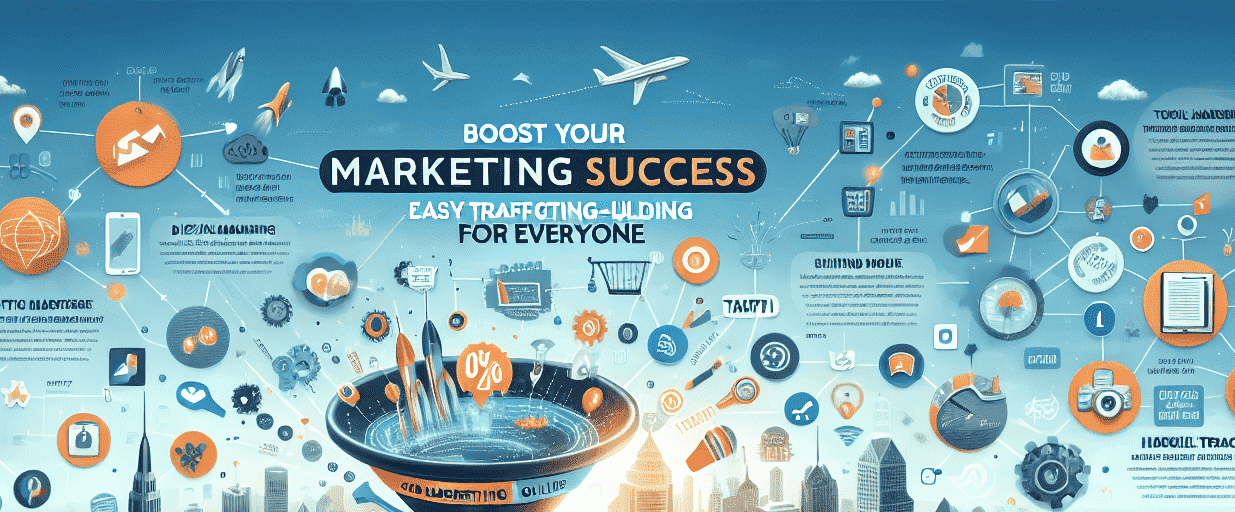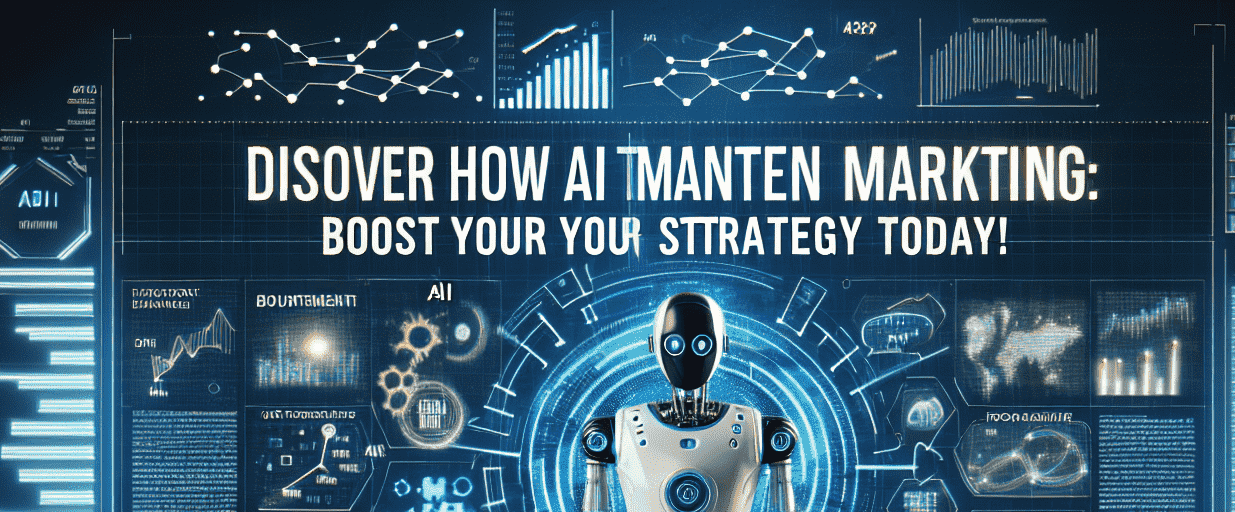CONTENTS
- Introduction
- Understanding Website Speed and Its Importance
- Technical SEO vs Content SEO: The Role of Speed
- How Slow Websites Affect Search Rankings
- Technical SEO vs Content SEO: Speed's Double-Edged Impact
- Simple Ways to Boost Your Website Speed
- Website Speed and User Experience: A Vital Connection
- Conclusion

Technical SEO vs Content SEO: Unveiling the Impact of Website Speed
 Rohan Hall Published on: 2025-03-02T03:27:29.441000
Rohan Hall Published on: 2025-03-02T03:27:29.441000Introduction: How Website Speed Impacts Technical SEO
Ever click away from a website because it took too long to load? That experience highlights how critical website speed is to technical SEO. Technical SEO is about how search engines crawl and index your site, whereas content SEO focuses on creating compelling content. A fast-loading website enhances user experience and boosts search engine performance, an integral part of any SEO strategy.
Search engines like Google prioritize fast websites because they offer a better user experience. Slow sites result in higher bounce rates, which negatively affect your SEO efforts. Enhancing your sites speed can significantly improve its visibility and rankings on search engine results pages (SERPs).
- Improved User Experience: Faster-loading sites satisfy users and encourage longer visits.
- Higher Ranking: Search engines reward quick-loading sites with better rankings.
- Increased Conversions: Quick sites have a higher chance of converting visitors into customers.
- Reduced Bounce Rates: Fast sites keep users from leaving due to slow load times.
In a competitive online market, targeting low-difficulty, high-volume keywords can give you an edge. By optimizing for phrases like "optimize site speed for SEO" and "improve website loading time," you bolster both technical and content SEO strategies.
Understanding Website Speed and Its Importance
Website speed is vital in our digital realm. Slow-loading sites can frustrate visitors seeking instant access to information. Studies reveal that users often abandon a website if it takes longer than a few seconds to load. Hence, website speed goes beyond mere quick loading; its crucial for providing an excellent user experience. Search engines favor fast websites, affecting your site's visibility significantly.
A fast-loading site ensures visitors stay longer, engage with more content, and hold a favorable perception of your brand, directly influencing conversions and sales. Google also considers site speed a ranking factor. A slow site might appear lower in search results, making it difficult for users to find.
Website optimization breaks down into two categories: technical SEO and content SEO. Technical SEO improves website speed, structure, and performance, while content SEO focuses on creating relevant material. Both are essential for a comprehensive SEO strategy.
It's clear why website speed is crucial:
- Better User Experience: Fast websites enhance user satisfaction.
- Higher Conversion Rates: Quick sites are often more successful in achieving sales or sign-ups.
- Improved Search Engine Optimization: Fast sites generally enjoy higher search rankings.
The way to get started is to quit talking and begin doing.
This piece of wisdom from Walt Disney applies aptly to website optimization. Actions like optimizing images, leveraging browser caching, and reducing server response time are vital for peak website performance.
Understanding and maintaining website speed is crucial for anyone pursuing online success. Offering visitors a swift and seamless experience fosters goodwill and aligns with search engine requirements. Remember, in the digital arena, speed can provide a significant competitive advantage.
Technical SEO vs Content SEO: The Role of Speed
In website optimization, technical SEO and content SEO are two main pillars. Technical SEO focuses on site infrastructure, ensuring smooth operation, while content SEO is about crafting engaging, relevant material. Speed is a crucial factor that unites these areas. Improved load times enhance both strategies, making speed essential for website success.
Technical SEO involves behind-the-scenes website optimization. It's about making your site accessible and efficient for users and search engines. Speed is critical here, enhancing user experience and positively influencing search engine rankings.
Meanwhile, content SEO focuses on attracting and retaining users with relevant and engaging content. However, even the best content fails if the page loads slowly. Ensuring swift load times reduces bounce rates and keeps users engaged with your content.
Discussing technical SEO vs content SEO reveals how interconnected they are through speed. Speed acts as a bridge connecting the technical and content facets of SEO. Without a fast website, neither strategy can fully succeed. In the digital age, speed isn't just beneficial-it's necessary.
To enhance site speed, consider:
- Optimize Images: Compress and properly size images to improve load times.
- Minimize Redirects: Reduce redirects, as each creates additional load time.
- Leverage Browser Caching: Save elements for faster loading for returning visitors.
- Use Content Delivery Networks (CDNs): Use distributed servers to serve files faster.
Ultimately, focusing on speed means evenly valuing both technical and content SEO aspects. It's not about choosing one over the other but understanding that both require attention to detail. Speed enhances both areas, helping you optimize your website effectively.
How Slow Websites Affect Search Rankings
Imagine dining at a restaurant where the waiter takes too long to bring the menu. Frustrating, right? That's what happens with slow websites. Slow load times can deter visitors from staying and frustrate users. But slow sites also affect your search rankings, impacting search engine optimization (SEO) and your site's position in search results.
Fast websites enhance user experiences, which search engines like Google favor. Search engines rank fast-loading websites higher, much like rewarding the fastest runner in a race. Faster sites are deemed more reliable, gaining an advantage over slower ones.
In SEO, there's a clear distinction between technical SEO and content SEO. Technical SEO focuses on site structure and performance, which directly affects page speed. Meanwhile, content SEO is about delivering high-quality, relevant content. While both are vital, a slow site hampers technical SEO, lowering your overall rankings.
Several factors can cause slow load times, including large images and inefficient code. Search engines know when pages lag, and this can hurt your ranking. Here are aspects you can improve:
- Optimize images to reduce size without losing quality.
- Utilize browser caching to store elements in a visitors local storage.
- Minimize the number of plugins or scripts running.
- Enable compression to reduce data size for faster loads.
Website speed affects both search rankings and conversion rates. Users will likely abandon slow sites, leading to increased bounce rates. This is detrimental to businesses, as potential customers leave before exploring your offerings. Search engines notice this behavior and further lower rankings.
Improving site speed should be a priority for maintaining or boosting search rankings. Addressing slow-loading issues enhances technical SEO, creating a positive impression on search engines. Monitor your sites performance to ensure it delivers a pleasant experience and maintains high search rankings.
Technical SEO vs Content SEO: Speed's Double-Edged Impact
In SEO, speed holds significant importance, impacting both technical SEO and content SEO. How can speed affect both sides of SEO equally? Lets dive into this double-edged topic.
Technical SEO involves optimizing a sites structure and performance to ensure smooth operation. This includes load times and efficient search engine crawling and indexing. Speed enhances visibility, favoring fast sites that offer excellent user experiences. Consider key aspects:
- Page Speed: Fast websites improve user experience and lower bounce rates.
- Mobile Optimization: Ensures efficient loading on various devices for a seamless experience.
- Server Response Time: Reducing delays improves load times significantly.
Content SEO focuses on delivering relevant material to users. However, speed affects content interaction. Slow load times can lead to users leaving before seeing your content. Consider speed's impact on content SEO:
- User Engagement: Quick loading keeps users engaged with your content.
- Readability: Speed ensures text and images appear promptly, enhancing accessibility.
- Links and Shares: Engaging content available swiftly is more likely to be shared or linked.
The technical SEO vs content SEO comparison showcases speed's duality. Improved speed benefits both backend efficiencies and front-end user experiences. Imagine your favorite website taking ages to open-clicking away would be inevitable. Thus, speed is key, bridging technology and content to help both aspects thrive.
Ultimately, focusing on speed means paying attention to both technical and content SEO aspects. This approach ensures that your site is not only searchable by search engine crawlers but enjoyable for users, ensuring long-term success.
Simple Ways to Boost Your Website Speed
Having a fast website is crucial. It improves user satisfaction and boosts retention. But how can you speed up a website? Its simpler than it seems! Here are straightforward tips to enhance speed, aiding both Technical SEO and Content SEO. Technical SEO involves speed, while Content SEO focuses on quality, both essential for a successful site.
Minimizing image sizes is a great start. Large images take longer to load. Use tools to compress images without compromising quality. Selecting the right image format is vital; JPEG is often a good choice. Discover more on Wikipedia.
Another technique is reducing HTTP requests. Every page visit triggers requests to load images, scripts, and styles. Each request takes time. Combine files, like grouping CSS or JavaScript, to decrease requests.
Caching can enhance speed significantly. When a visitor lands on your site, their browser can store a page version, called caching. This prevents reloading everything on future visits, speeding up the process. Learn more about caching on Wikipedia.
Using a Content Delivery Network (CDN) helps as well. CDNs store your website's copies across different locations. Visitors are directed to the nearest server, reducing load times and enhancing user experience. Learn more about CDNs on Wikipedia.
Lastly, check your web hosting service. A reliable host ensures fast loading. Look for providers known for speed and dependability. In short, faster sites enhance visitor satisfaction and help tackle Technical SEO and Content SEO challenges, ensuring your site is both fast and enriched with valuable content.
Website Speed and User Experience: A Vital Connection
Ever abandon a site due to slow loading? Youre not alone. Website speed greatly influences user experience. Fast-loading pages allow visitors to find what they need quickly, maintaining their interest and encouraging longer visits. Fast sites boost user satisfaction, much like swift service at a restaurant enhances meals.
A fast website offers countless benefits. When a site loads in under three seconds, users are more engaged. This quick load translates to a seamless experience across phones, tablets, and computers. A smooth user journey encourages exploration and boosts return likelihood.
Website speed is a core part of technical SEO. It optimizes site infrastructure. Conversely, content SEO focuses on text, images, and the site's message. Both are important, but technical SEO ensures that quality content is quickly accessible.
The link between website speed and SEO is crucial. Search engines such as Google consider load speed when ranking sites. Faster sites often secure better search rankings, boosting online visibility significantly.
Many big names benefit from fast websites. Large companies improving their load times often see lower bounce rates and increased sales. These results show that speeding up a website can lead to measurable performance improvements.
Improving your sites speed isnt complex. Start with simple steps:
- Optimize images to reduce file size.
- Implement browser caching for faster repeat visits.
- Use a Content Delivery Network (CDN) for efficient content delivery.
Focusing on speed enhances user experience and boosts search engine performance.
Conclusion
Understanding how website speed impacts technical SEO is crucial for anyone looking to improve site performance and search rankings. By enhancing speed, you make your site easier for search engines to crawl and index-vital for technical SEO. Moreover, a faster site enhances user experience, leading to more satisfied visitors.
While technical SEO optimizes site infrastructure, it works hand-in-hand with content SEO, focused on creating engaging content. Both are important, but even the best content wont shine if your site is slow. Benefits of improved speed include:
- Improved user experience: Faster load times reduce frustration, encouraging returns.
- Higher search rankings: Quick sites climb higher in search results.
- Increased conversion rates: A smooth, fast site attracts and maintains engagement.
To realize these benefits, routinely test your site speed using tools like Google PageSpeed Insights
or GTmetrix
. These tools offer specific optimization recommendations, like image compression or redirect reduction, to keep your site competitive.
Prioritizing website speed enhances your technical SEO strategy. Combine this with effective content SEO for better visibility and visitor attraction.


